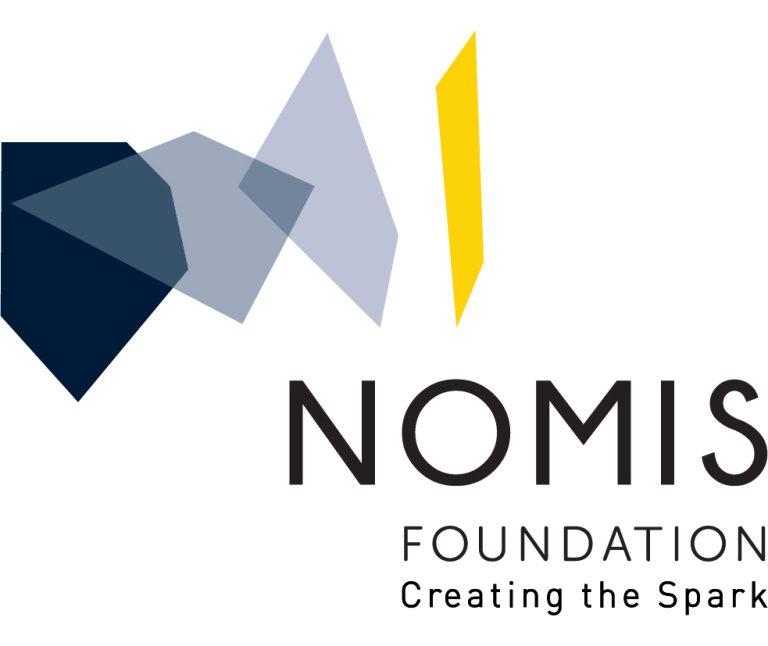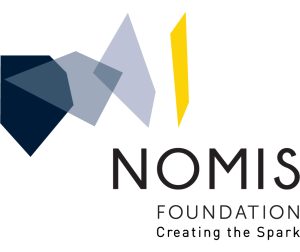The leading research center in the Banner Health Group, the Banner Alzheimer’s Institute in Scottsdale, Arizona (US), specializes in research on the treatment and prevention of Alzheimer’s disease. Due to our aging population, this currently incurable disease has become one of our most prevalent global health problems. While also providing support for Alzheimer’s patients and their families, the institute’s primary focus is on developing preventive measures against the disease. The codirectors of the Banner Institute, Eric Reiman and Pierre Tariot, are internationally renowned pioneers in the field of Alzheimer’s research, whose work has been crucial to the discovery of the Alzheimer’s genome. Along with Jessica Langbaum, they are developing cutting-edge brain-imaging techniques and are at the forefront of research exploring new ways to prevent and treat this disease.
As part of a wider focus on the field of aging and age-related diseases, NOMIS supported the Banner Institute’s efforts by co-funding the Alzheimer’s Prevention Initiative to discover and evaluate new preventive therapies, to establish an infrastructure for such research and to make recommendations for clinical trials.
The project was led by Eric Reimann at the Banner Alzheimer’s Institute.



